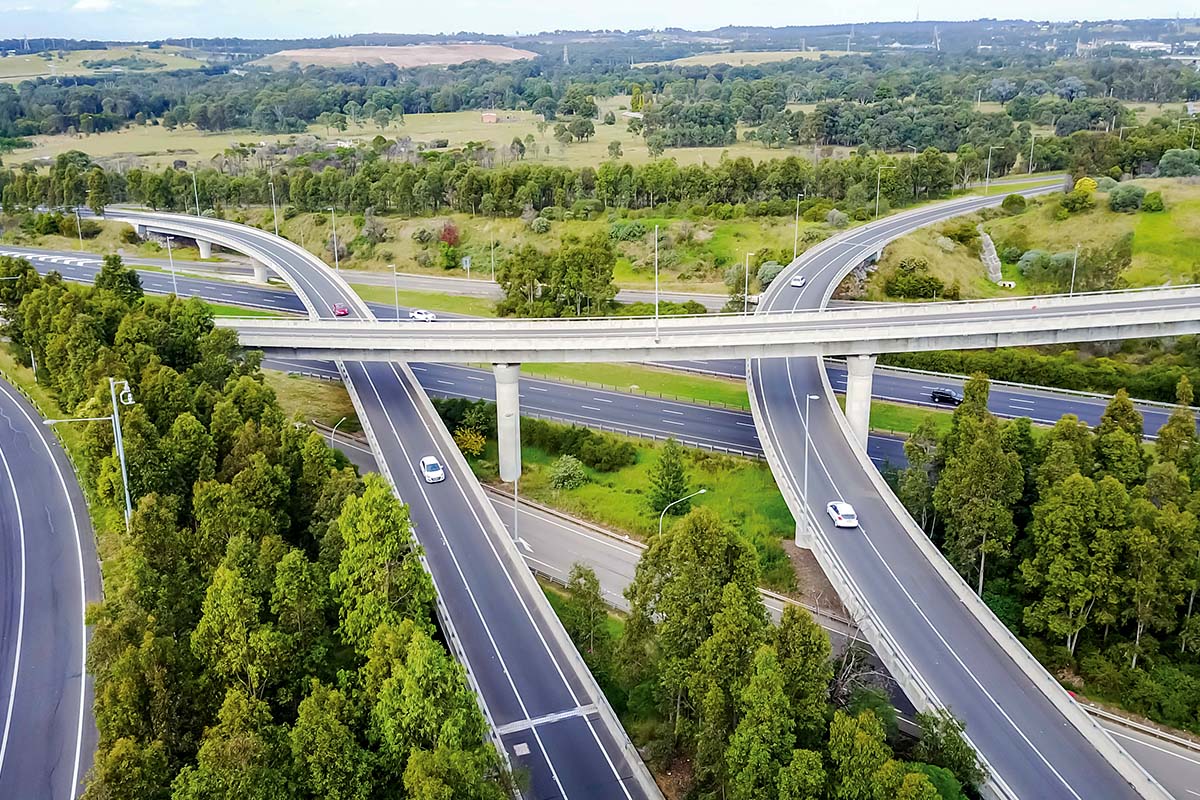A contemporary planning framework
The planning framework for primary production and rural development began on 28 February 2019.
The framework simplifies the NSW planning system by consolidating, updating and repealing provisions in 5 former agriculture-themed SEPPs. It supports NSW’s agricultural sector, which is a major contributor to the success of the NSW economy, providing exports and jobs.
The framework:
- removes unnecessary regulation to support small-scale operators and encourage investment in primary production
- helps deliver NSW Government commitments in relation to farming practices, support during times of hardship and management of land use conflict
- makes it easy to find and understand local planning provisions
- supports sustainable agriculture, aquaculture and rural development by ensuring appropriate levels of assessment in sensitive locations.
It includes:
- the new Primary Production and Rural Development SEPP
- amendments to the Standard Instrument – Principal Local Environmental Plan (LEP) and consequential amendments to non-standard LEPs
- amendments to the Environmental Planning and Assessment Regulation 2000
- an enhanced Ministerial Direction 1.5 – Rural Lands (PDF, 520 KB)
- Planning Guidelines - Intensive Livestock Agriculture Development (PDF, 997 KB)
As a consequence, the following SEPPs have been repealed:
- State Environmental Planning Policy (Rural Lands) 2008 (Rural Lands SEPP)
- State Environmental Planning Policy 30 - Intensive Agriculture (SEPP 30)
- State Environmental Planning Policy 52 - Farm Dams and Other Works in Land and Water Management Plan Areas (SEPP 52)
- State Environmental Planning Policy 62 - Sustainable Aquaculture (SEPP 62).
Consultation and education
In 2019, as part of developing the SEPP we sought feedback from the community and industry stakeholders.
Read the consultation report (PDF, 209 KB) to find out about the issues raised and how we responded.
In July 2019, we held a webinar to talk through the new planning framework for primary production and rural development.
Temporary arrangements during emergencies
The framework gives farmers flexibility to undertake necessary farm management operations to intensively hold, feed and water livestock temporarily during or immediately following drought, flood, fire or other emergency events without the need for development consent from their local council.
For more information read the Temporary arrangements for drought and other emergency events – Fact sheet (PDF, 84 KB).
Supporting the NSW Right to Farm Policy
The package of reforms also considered key policy and planning initiatives that are directly relevant to the future of rural land use and the agricultural sector, including the NSW Right to Farm Policy, regional plans and industry development strategies.
The framework introduced updated rural planning and subdivision principles into Ministerial Direction 1.5 – Rural Lands (PDF, 520 KB). These principles aim to achieve a balance between rural needs, including farming, and development, and to reduce the risk of land use conflict and rural land fragmentation.
The ministerial direction now applies to the Central Coast, Wollondilly and Hawkesbury local government areas, as these areas contain extensive rural and peri-urban lands that deserve careful strategic consideration
